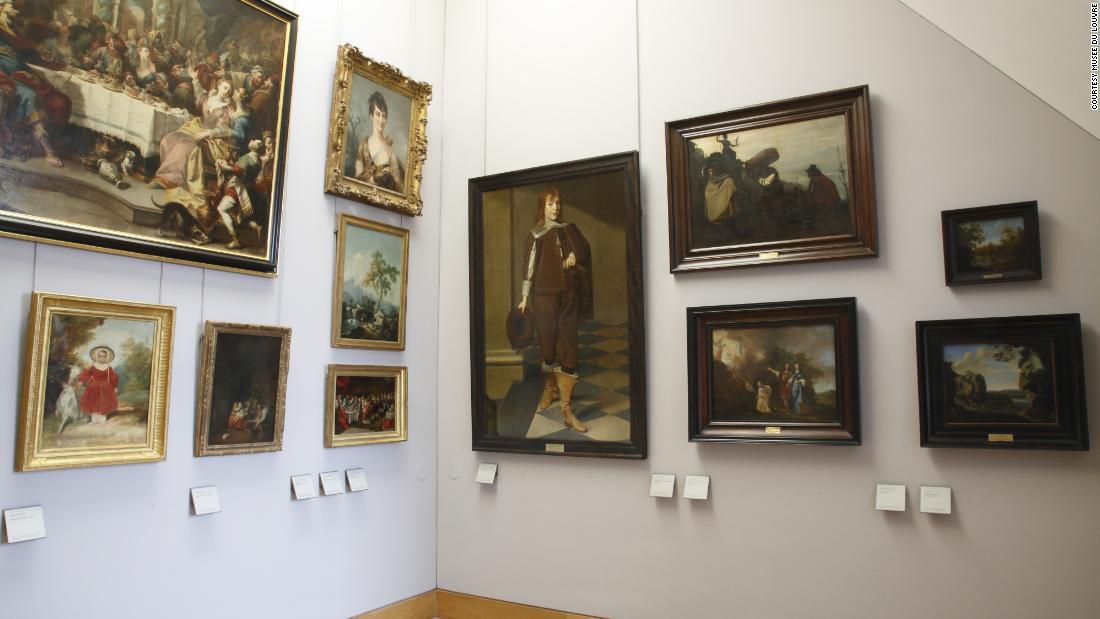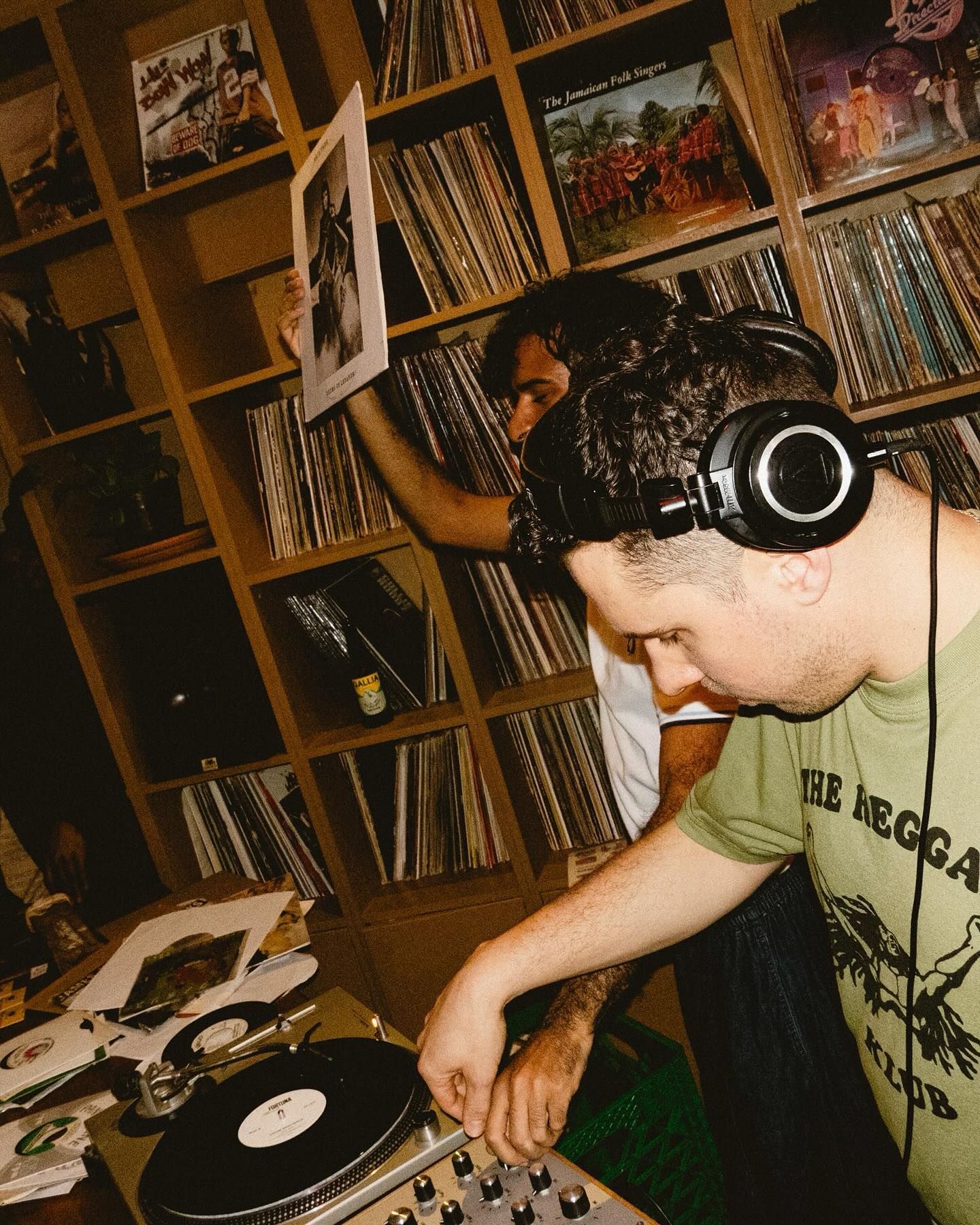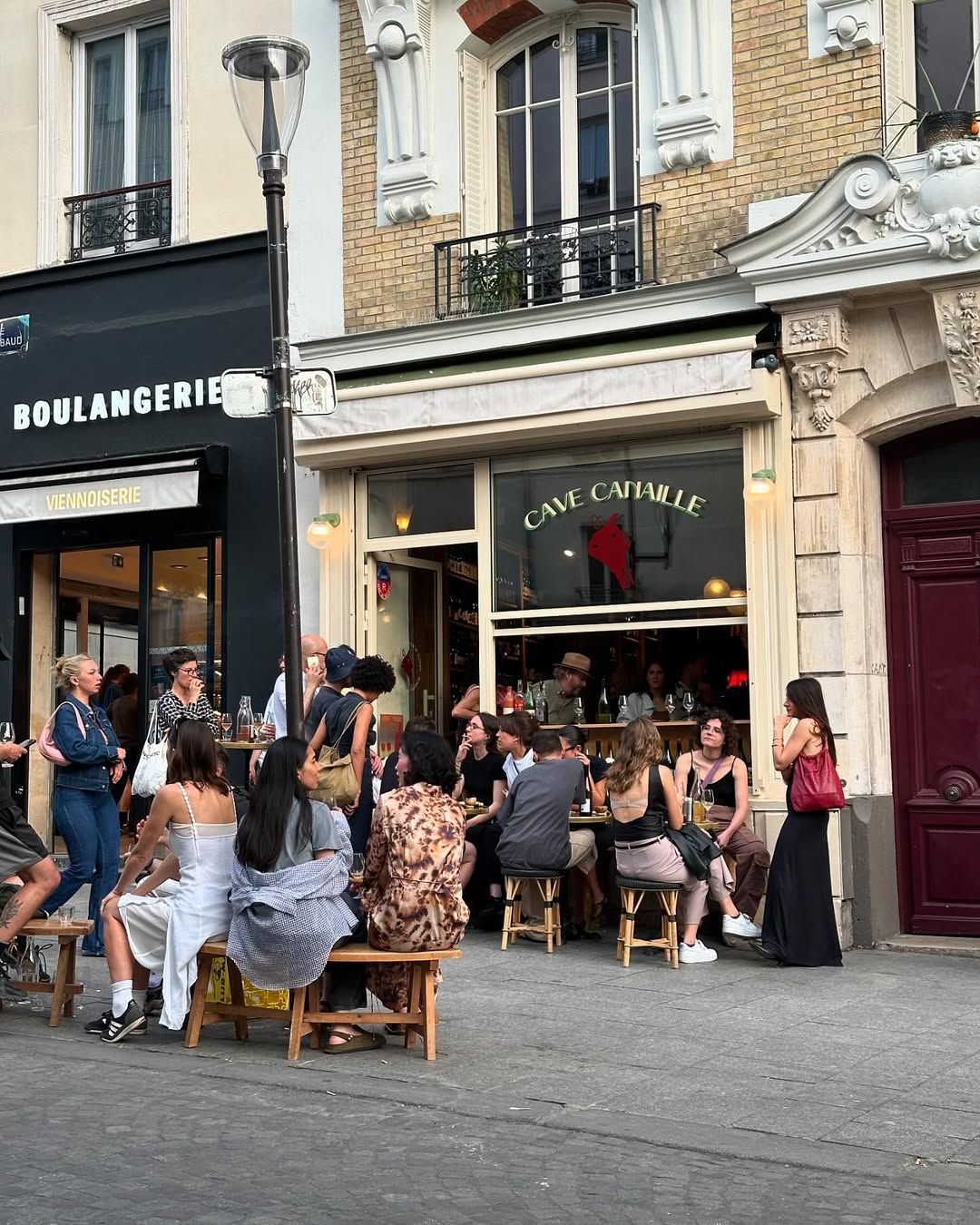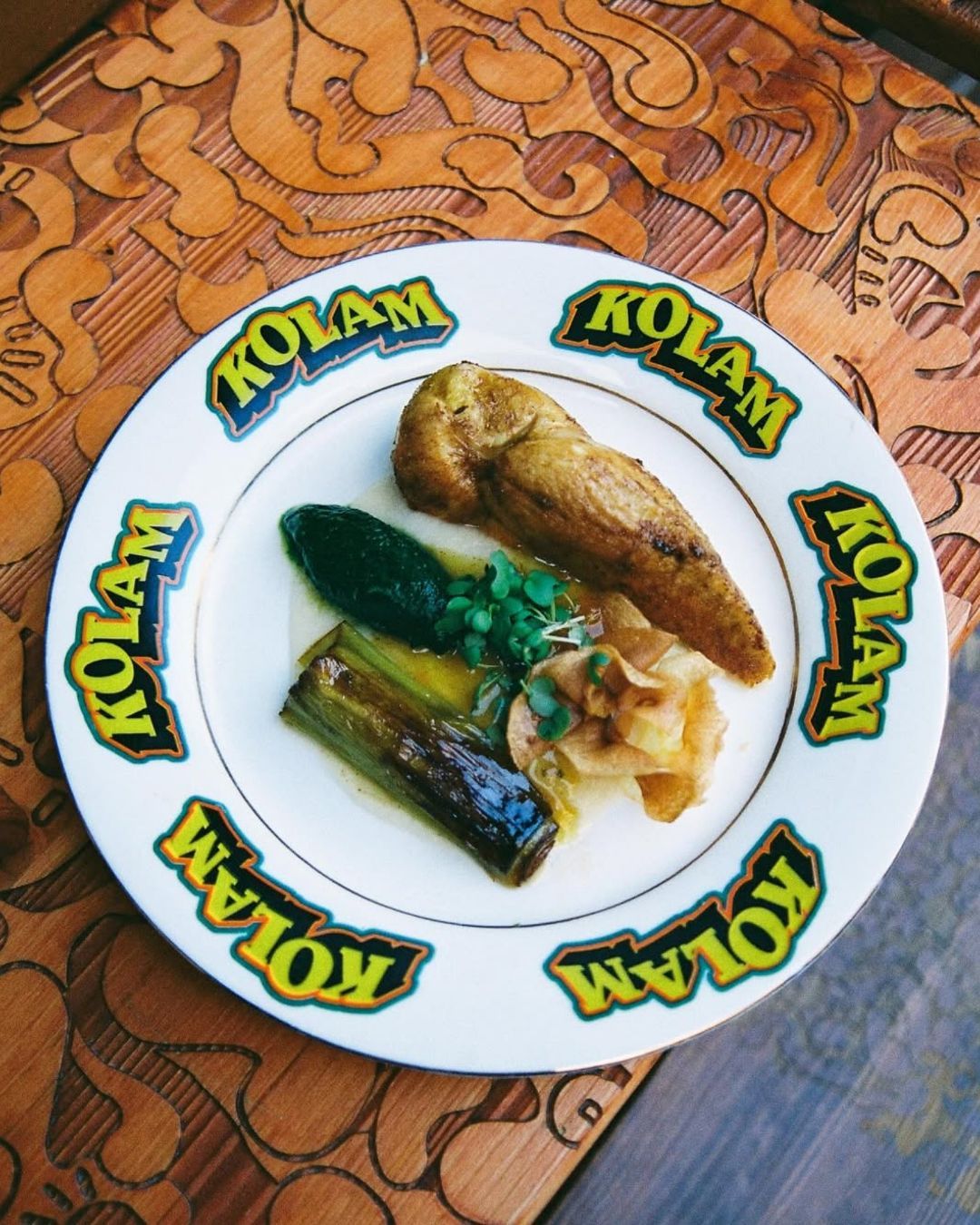
The Louvre exhibits 31 Nazi-looted art works to find their original owners Among them are works by Eugène Delacroix, François Boucher and Théodore Rousseau.
During their regime of terror, the Nazis and their allies took millions of works of art from all over Europe, including paintings, statues, books and precious documents. Only in France, more than 45000 objects have been returned to their rightful owners, but over 2000 remain unclaimed, including 296 paintings housed in the Louvre.
In light of these facts, the famous Parisian museum has decided to permanently exhibit 31 of these works, with the hope that the relatives of the owners will come forward. In the two halls, works by Eugène Delacroix, François Boucher and "La Source du Lizon" by Théodore Rousseau stand out.
«These paintings do not belong to us, museums have often appeared to be predators in the past, but we are not trying to keep them» - the Associated Press said in an interview with Sebastien Allard, head of the Louvre painting department - «The vast majority of the works of art retrieved were plundered from Jewish families. Their heirs may see these works, declare that they belong to them, and officially ask for their return».
This project is only the latest in a series of initiatives by the French authorities to trace the origin of those works. A working group set up by the Ministry of Culture has the task of reconstructing the origins of art and identifying the owners, but it is a long and laborious task: only 50 pieces have been returned since 1951.
In museums, works of art recovered by the French authorities are identified with the "MNR" label and are part of a catalog available online and can help owners identify their articles without having to go to the Louvre. The complete list is known under the name of Rose Valland, a French curator who risked her life by keeping notes on all the art stolen by the Nazis during the war. Anyone who recognizes one of those pieces and wants to claim ownership must be able to present physical evidence such as receipts, testimonies or old photographs.














































